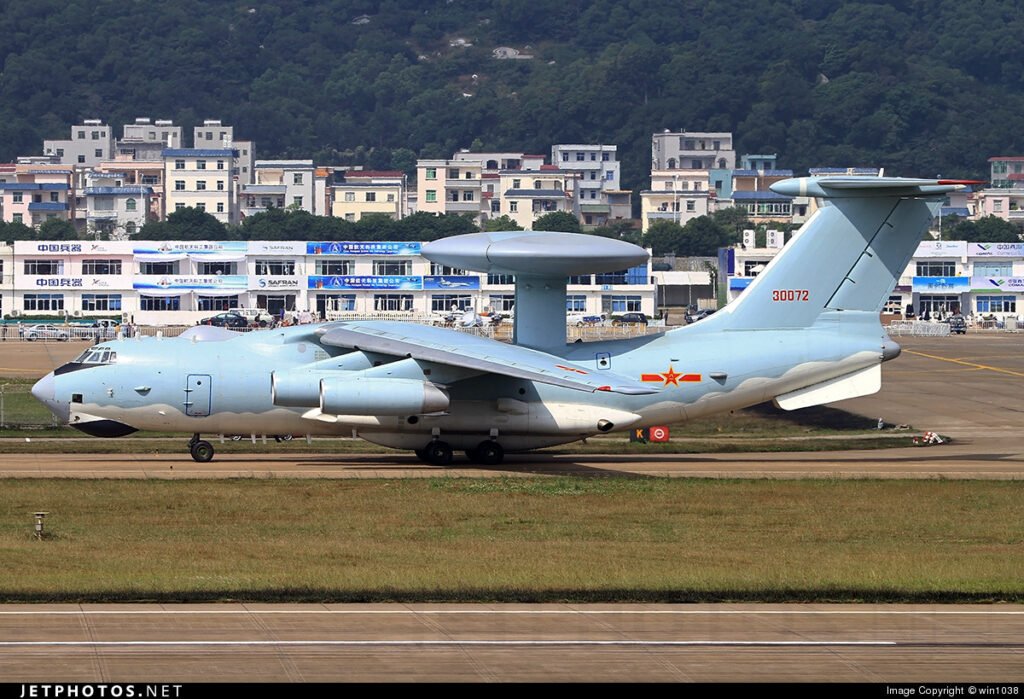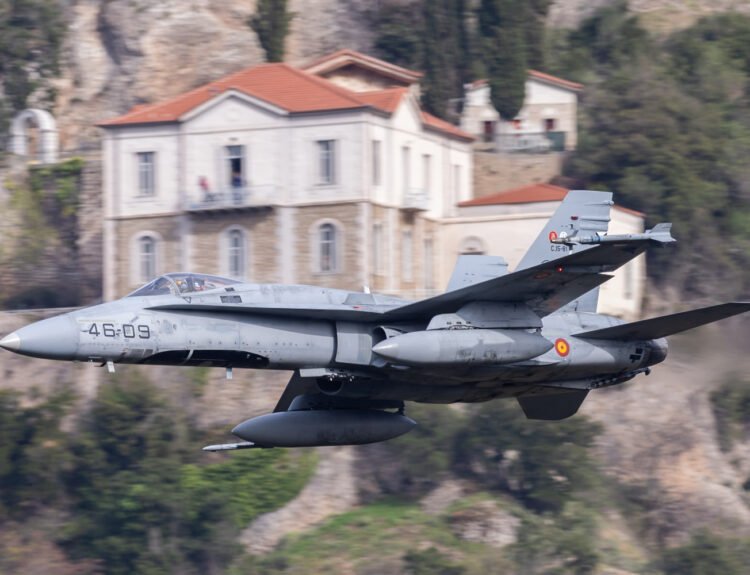North Korea’s airborne early warning and control (AEW&C) aircraft, based on a Russian Il-76 cargo aircraft, has flown. We now get to have a look at what’s inside this aircraft thanks to their state media, including the country’s leader Kim Jong Un inspecting its missionized interior.
Kim inspected the aircraft, the official designation and/or name of which is not yet known, at Pyongyang International Airport earlier this week, according to North Korean state media. The aircraft will “play a significant role in monitoring potential threats and gathering critical information,” the North Korean leader reportedly said.


The external views confirm that North Korea’s AEW&C, which has a two-tone white and grey paint scheme and no readily visible markings, is similar in broad respects, at least outwardly, to Russia’s A-50 Mainstay and the Chinese KJ-2000 Mainring. Unlike the A-50 and the KJ-2000.


It also remains unclear the extent to which the Russians, Chinese, or both, may have been involved in the development and fabrication of this aircraft. A-50 variants are or have been in service in other countries.

The North Korean Air Force primarily operates older Soviet-era aircraft, including the Mikoyan-Gurevich MiG-15/17, MiG-21, and Sukhoi Su-25, as well as the newest in their fleets, MiG-29.
The North Korean Air Force is at the heart of the country’s overall military strategy, acting as a deterrent to real or perceived threats from external actors, most prominently South Korea and the United States. Its capabilities, while somewhat limited, are part of the overall power projection North Korea wants to have within the region.
Overall, the DPRK Air Force is a mix of older-generation systems and efforts to modernize, in the shadow of international sanctions and fiscal constraints. The efficiency of its operations remains a source of controversy as part of the larger military ambitions of North Korea.
Cover photo via DRPK State Media. “A First Look at DPRK’s New Early Warning Aircraft.”






